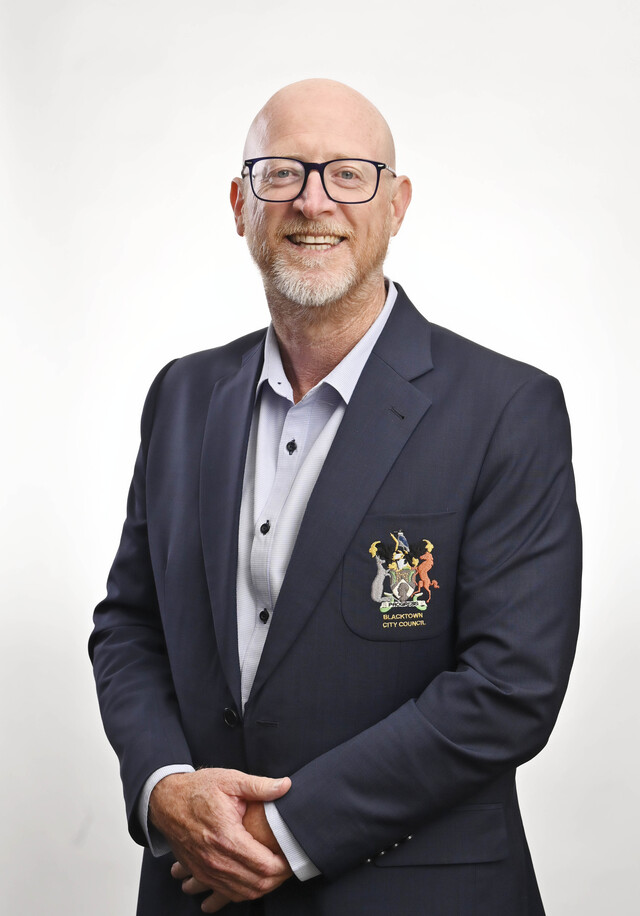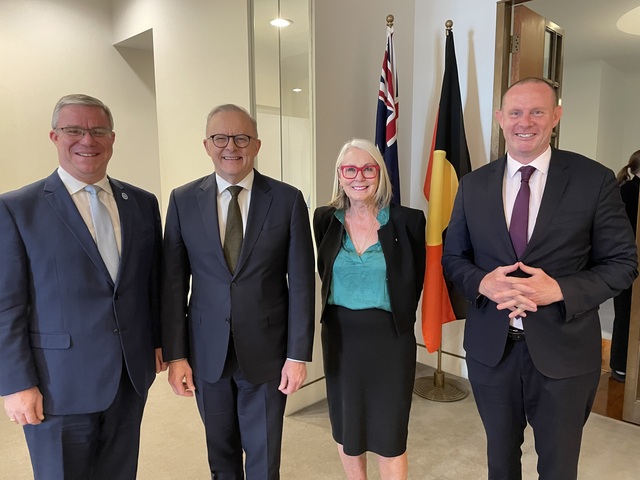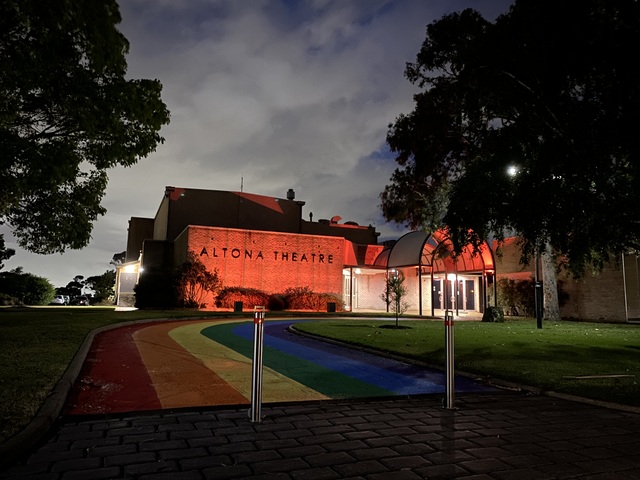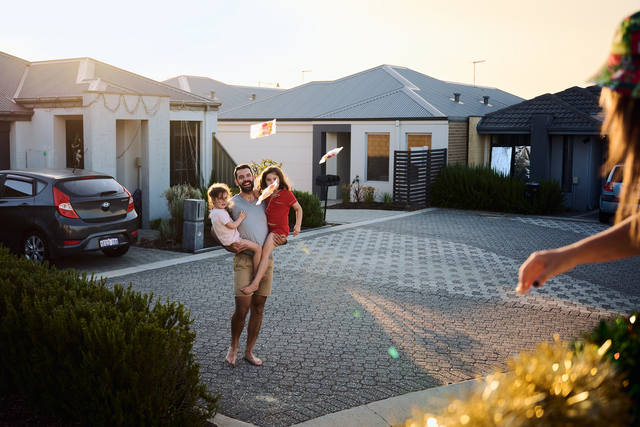In August, television news showed pictures of rioters in English cities. It was a shocking short period of criminal unrest by a minority of individuals. Many millions of pounds of damage was done to property. Looting was prevalent and focused on consumer goods such as phones and computers.
The police were faced with large scale criminality and had to act quickly to respond to this unrest. Many of those responsible for criminal acts were quickly arrested and the courts have imposed custodial sentences that send a clear message that such behaviour will not be tolerated.
At the time of writing the Ministry of Justice reported that more than 1,300 people had appeared before magistrates charged with riot related offences. The profile of those arrested does not provide ready sociological answers to why the riots occurred.
Some commentators have blamed family breakdown, unemployment, educational failure, drug addiction and debt as the cause of the riots. Other commentators have blamed the ‘want it now’ culture.
The question ‘Why?’ has to be asked but it may be instructive that some looters merely answered: ‘Why not?’ when quizzed by the media.
Some commentators argue that individuals have acquired rights but not responsibilities and that respect for the institutions of ‘authority’ has suffered as a result.
Two dangers exist. The first is a knee jerk reaction that merely addresses the symptoms of the problem. The second is an over analysis of the causes of the riots seeking forensically to establish cause and affect relationships that lead to over complicated responses.
Councils need to focus on five things. These are the councils’ knowledge of (and engagement with) the young people and their families; and within their communities; their role as community leaders; the use of social media; improving the effectiveness of the linkages between statutory agencies in place to support young people and their families; and repairing the damage caused as soon as possible.
It was very interesting to see how social media was used to organise the timing and focus of criminal activity. Social media provided an immediacy of communication on a large scale that aided the flexibility of criminal action.
It was also used to provide misinformation to encourage people to join the trouble and to mislead about the scale and location of the problems in some towns and cities.
In Harlow there were only four arrests and only minor damage. Members of the public responded to encouragements via social media to cause trouble and damage by rejecting such action both in the social media and by not responding physically.
Social media was also used to correct misinformation about the level and location of criminal action.
A key learning point from the riots is the importance of social media. Important not only in providing intelligence about the likelihood of trouble, and during it, but its use to provide information to young people in particular and to engage with them. Councils must fully embrace social media as a key part of their strategies as community leaders.
*Malcolm Morley is Chief Executive of Harlow District Council and can be contacted via the Editor, email info@lgfocus.com.au The views expressed in this article are not necessarily those of his employer.







